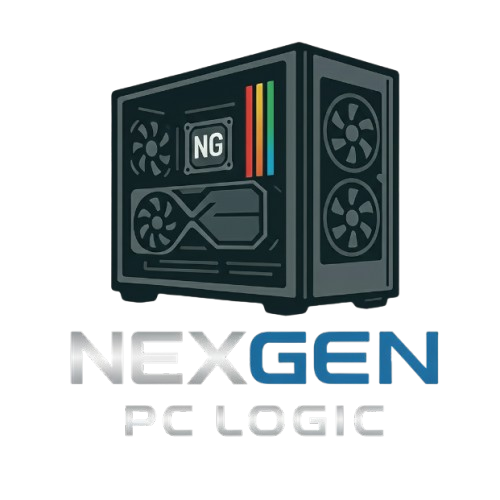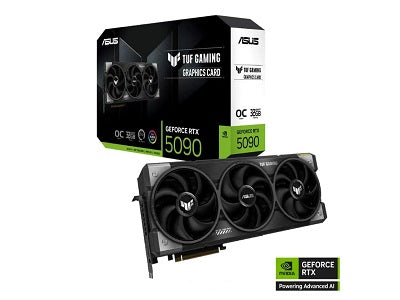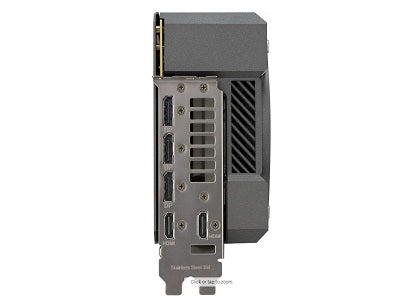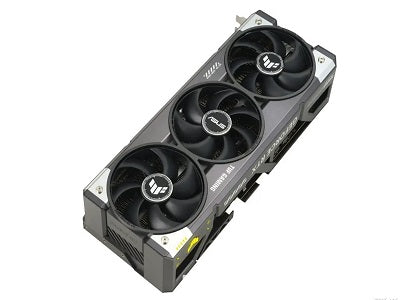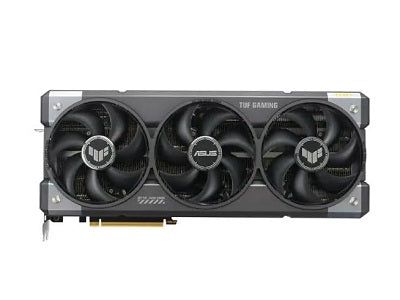ASUS TUF Gaming GeForce RTX 5090 32GB GDDR7 Gaming Graphics Card
ASUS TUF Gaming GeForce RTX 5090 32GB GDDR7 Gaming Graphics Card
Couldn't load pickup availability
Built to Last: ASUS TUF Gaming GeForce RTX 5090
The ASUS TUF Gaming GeForce RTX 5090 is built to dominate. This card is a true powerhouse, featuring the new NVIDIA Blackwell architecture and a massive 32GB of GDDR7 memory, making it an unstoppable force for both gaming and content creation. With its military-grade components and a massive cooling system, it’s designed for incredible durability and performance that you can count on for years to come.
⭐ Highlights
⭐ Highlights
Massive 32GB GDDR7 VRAM | Military-Grade TUF Component Durability | MaxContact Vapor Chamber Cooling | Dual BIOS (Quiet/Performance Modes) | PCIe 5.0 and DLSS 4.0 Support
⚙️ Specifications
⚙️ Specifications
GPU Manufacturer: ASUS
GPU Model: TUF Gaming GeForce RTX 5090
VRAM Size: 32 GB GDDR7
Boost Clock: 2407 MHz (Base) / 2550 MHz (OC Mode)
Interface: PCI Express 5.0
Length and Height: 348 mm (Length), 146 mm (Height)
Width Slots: 3.6-Slot
Power Connectors: 3.6-Slot
PSU Wattage Recommendation: 1000W
Display Ports: 3 x DisplayPort 2.1b, 2 x HDMI 2.1b
Share
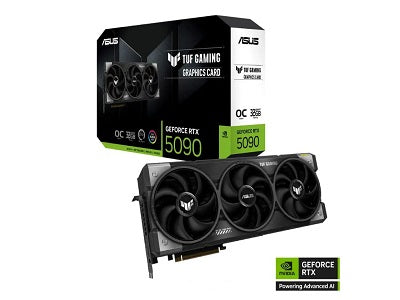
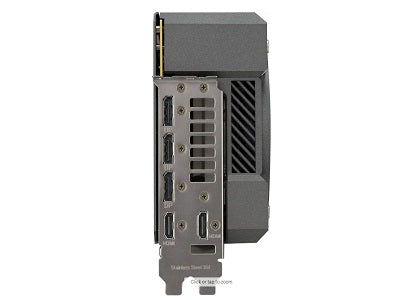
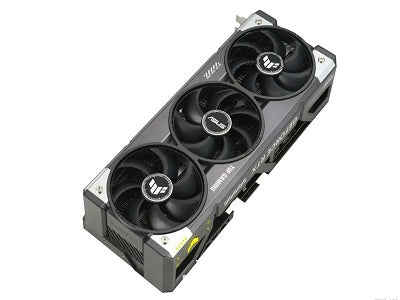
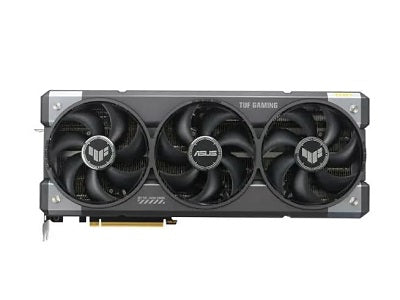
The POST-Check Protocol
-
PSU & Cable Capacity
Action: Must verify your Power Supply Unit (PSU) meets the GPU's minimum wattage recommendation and has the correct number/type of PCIe power connectors. Why: Underpowering the GPU causes system instability, crashes, and risks damage to the PSU or the graphics card itself.
-
Dedicated Power Cables
Action: Always use separate, dedicated PCIe power cables running from the PSU to each port on the GPU, avoiding "daisy-chain" cables when possible. Why: Daisy-chaining too much power through a single cable can lead to voltage drops or melted connectors on high-end cards.
-
Primary PCIe Slot
Action: Always install the GPU into the topmost, longest PCIe slot (usually an x16 slot), and ensure you remove the corresponding metal bracket(s) from the case's rear. Why: This slot is directly connected to the CPU and provides the full bandwidth required for optimal gaming performance.
-
Seating & Latch
Action: Align the GPU's gold connector with the slot and press firmly and evenly until you hear or feel a definitive click from the plastic retaining latch. Why: If the card is not fully seated, the system will not recognize the GPU, and the latch will not lock it in place.
-
Sag Prevention
Action: Use a GPU support bracket, anti-sag stand, or a screw-in support (if available) to support the card's outer edge. Why: Modern GPUs are long and heavy, and without support, they can gradually bend and stress the PCIe slot on the motherboard over time.
-
Monitor Connection
Action: After the PC is powered on and the operating system boots, plug your monitor cable (HDMI/DisplayPort) directly into the new GPU's ports, not the motherboard's ports. Why: The motherboard ports are for integrated graphics and will not display anything if a dedicated GPU is properly running.
